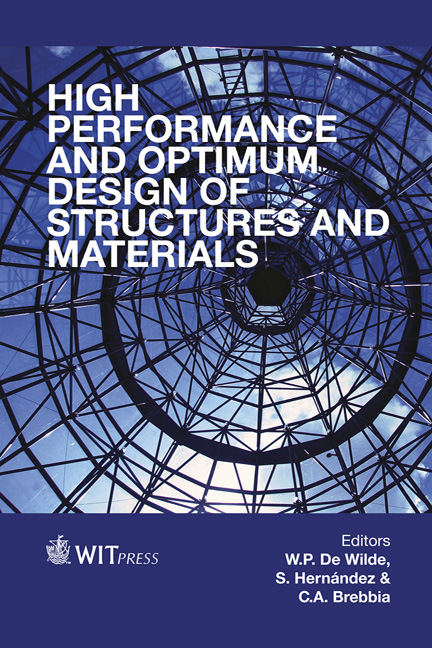Physicochemical Characterization Of Polymer Composite Cement Systems
Price
Free (open access)
Transaction
Volume
137
Pages
9
Page Range
103 - 111
Published
2014
Size
1,474 kb
Paper DOI
10.2495/HPSM140101
Copyright
WIT Press
Author(s)
N. Mohamed Sutan, I. Yakub & S. Hamdan
Abstract
The early hydration behaviour of two different polymer composites cement systems (PCCS) that hypothetically affects efflorescence has been investigated through physicochemical characterization namely Puddle Test (PT), Standard Chemical Method (SCM), Compressive Strength Test (CS), X-ray Diffraction (XRD) and Scanning Electron Microscopy (SEM). PCCS mortar samples were prepared with water-to-cement ratio (w/c) of 0.50. Commercially available polymer additives namely Styrene Butadiene Rubber (SBR) and Styrene Acrylic Ester (SAE) with different percentages of addition of 5%, 7% and 10% to cement were used. All samples were dried cured and tested at day 28. Efflorescence was accelerated by using PT. Its intensity, in terms of the amount of Calcium Carbonate (CaCO3) precipitated on samples’ surfaces, was quantified by using SEM. Results of the PCCS were then compared to the conventional cement system. Based on this study, PCCS can potentially reduce efflorescence where validation from CS, XRD analysis and SEM images showed that the evidence of the pore blocking effects of PCCS in early hydration hence can indirectly improve concrete durability and sustainability. Keywords: polymer modified mortar, efflorescence, XRD, SEM.
Keywords
polymer modified mortar, efflorescence, XRD, SEM.





